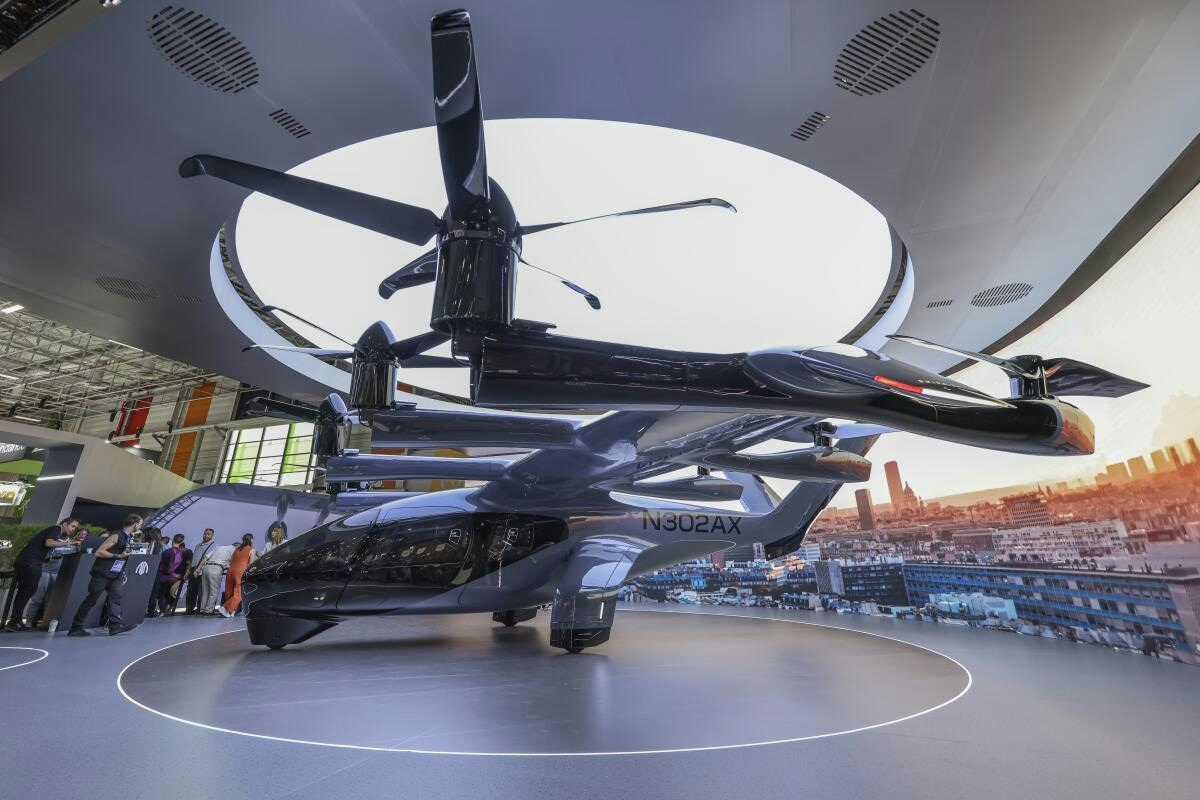
AeroGenie — Your Intelligent Copilot.
Trending
Categories
Over 4,500 Aviation Leaders Gather at World Aviation Festival 2025

Over 4,500 Aviation Leaders Gather at World Aviation Festival 2025
The World Aviation Festival 2025 commenced in Lisbon, attracting over 4,500 aviation leaders from around the globe to the Feira Internacional de Lisboa. Scheduled to run through October 9th, the event convenes industry executives, innovators, and policymakers to explore the future of aviation amid rapid technological advancements and evolving regulatory frameworks.
More than 600 speakers, including CEOs and senior executives from leading airlines, airports, and travel technology firms, are participating in over 85 sessions. The exhibition area showcases more than 400 travel technology companies, providing attendees with direct access to the latest innovations shaping the sector.
Artificial Intelligence as a Catalyst for Industry Change
Artificial Intelligence (AI) remains a dominant theme at the festival, with experts underscoring its swift adoption and transformative effects on aviation. David Rowan, author and former editor of Wired UK, highlighted AI’s capacity to rapidly challenge and reshape longstanding industry assumptions. Nonetheless, speakers emphasized the importance of carefully evaluating whether AI is the appropriate solution for specific projects.
Faith Taylor, Senior Vice President for Global Citizenship and Sustainability at Kyndryl, pointed out that while data and AI can significantly enhance operational efficiency, companies must also consider the environmental impact of data centers and cloud migration. Ben Dias, Chief AI Scientist at IAG, reinforced that sustainability must be embedded in every AI initiative, cautioning against automating tasks that could undermine environmental objectives. IAG is currently developing an AI-driven engine optimization system aimed at improving maintenance efficiency.
Commitment to Sustainability and Net Zero by 2050
The aviation industry’s commitment to achieving net-zero emissions by 2050 remains a central focus. Panel discussions emphasized the transition from fossil fuels to Sustainable Aviation Fuel (SAF), featuring contributions from organizations such as ATAG, Xelerated Fifty, and Sustainable Aero Lab. Nichola Bates, CEO of Xelerated Fifty, argued that cultural resistance, rather than technological barriers, is the primary obstacle to advancing sustainability. She called for enhanced financial frameworks and greater collaboration among governments, financial institutions, and industry stakeholders to accelerate progress.
Lukas Kaestner, Co-Founder of Sustainable Aero Lab, highlighted the regulatory complexities that SAF projects face, noting that innovation in aviation is frequently constrained by intricate compliance requirements.
Addressing Industry Challenges and Market Dynamics
In addition to technology and sustainability, festival participants are confronting ongoing supply chain disruptions, shifting regulatory environments, and the challenge of scaling sustainable solutions. Discussions also addressed the future of business aviation, the implementation of enhanced safety protocols, and the impact of recent leadership changes within major airlines.
Industry competitors are responding with strategic initiatives designed to preserve market share, including investments in next-generation aircraft propulsion technologies and expanded sustainability programs. As the sector faces increasing pressure to innovate and decarbonize, collaboration and adaptability have emerged as key themes throughout the event.
The World Aviation Festival 2025 continues to provide a crucial forum for addressing the aviation sector’s most urgent challenges and shaping a path toward a more resilient and sustainable future.

The Continued Importance of Charter Flight Cost and Time Estimators for Business Aviation
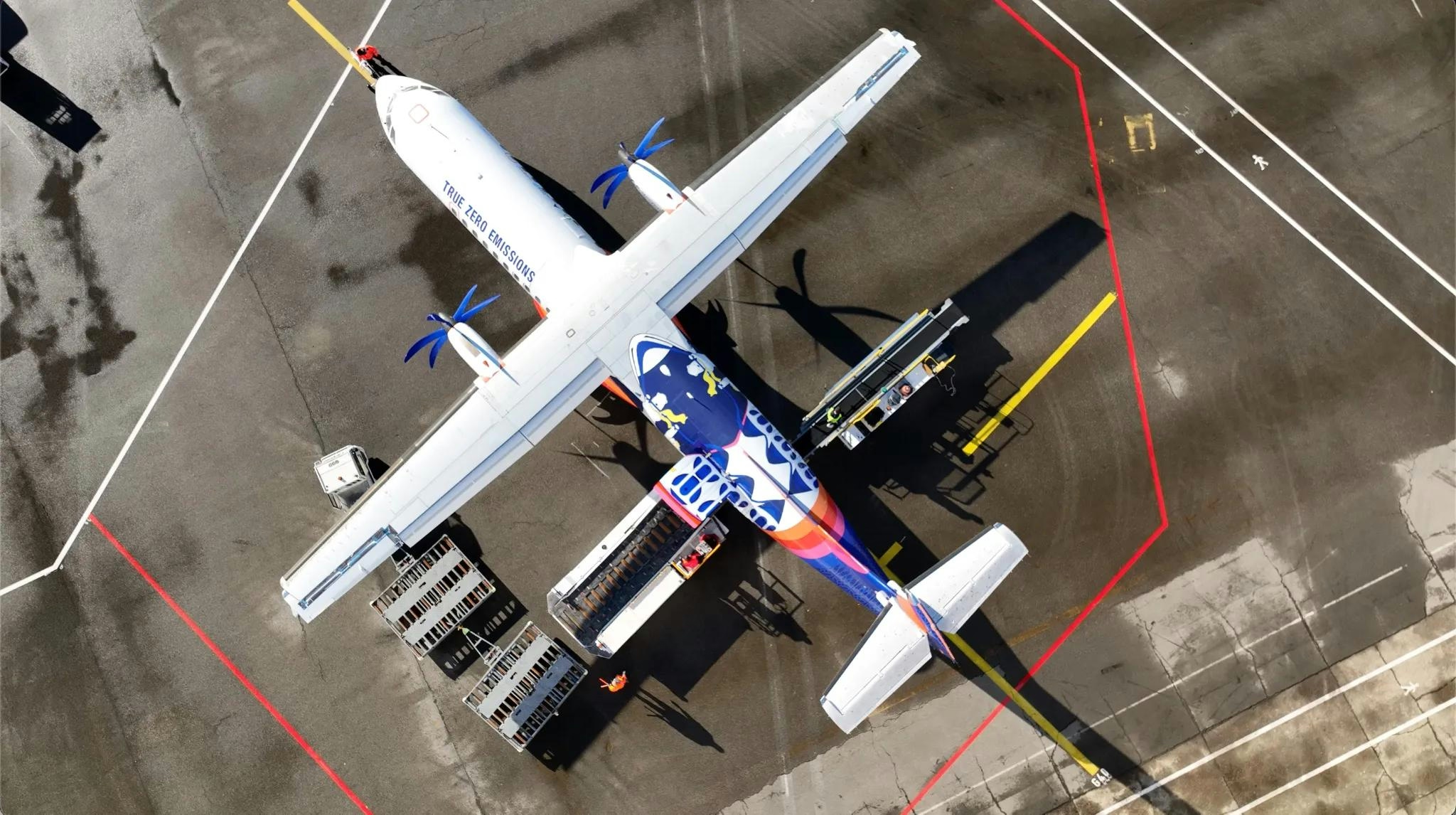
Pivot Airlines to Acquire First DHC-8-Q300 Aircraft

Global Aviation Market Projected to Reach $524 Billion by 2030

Boeing Subsidiary Unveils Pilotless Air Taxi
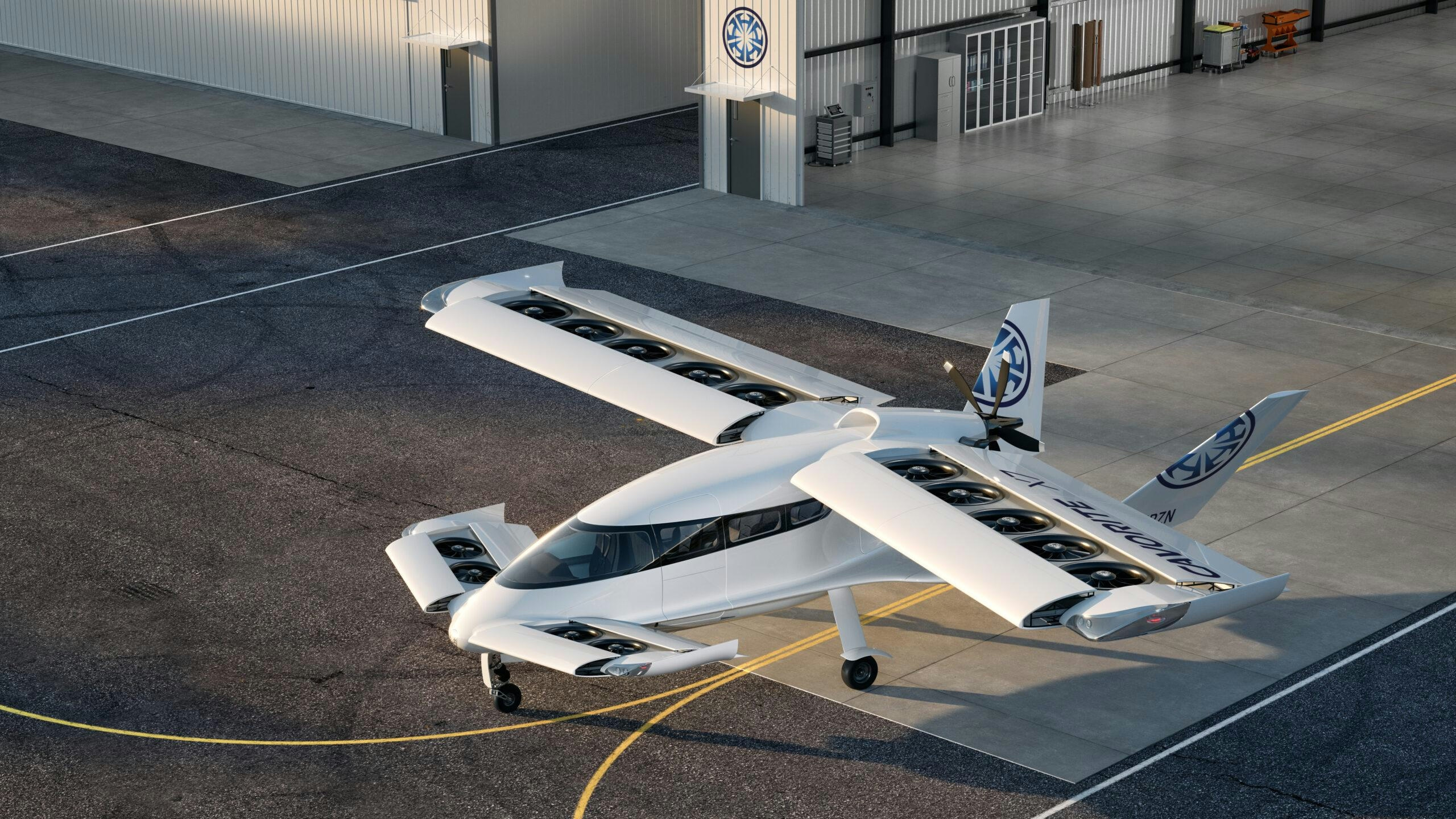
Horizon Progresses Cavorite X7 Toward IFR-Certified Flight

Comparing the Costs of the Boeing 747 and 787

UAE to Begin Drone Deliveries for Noon Minutes Orders
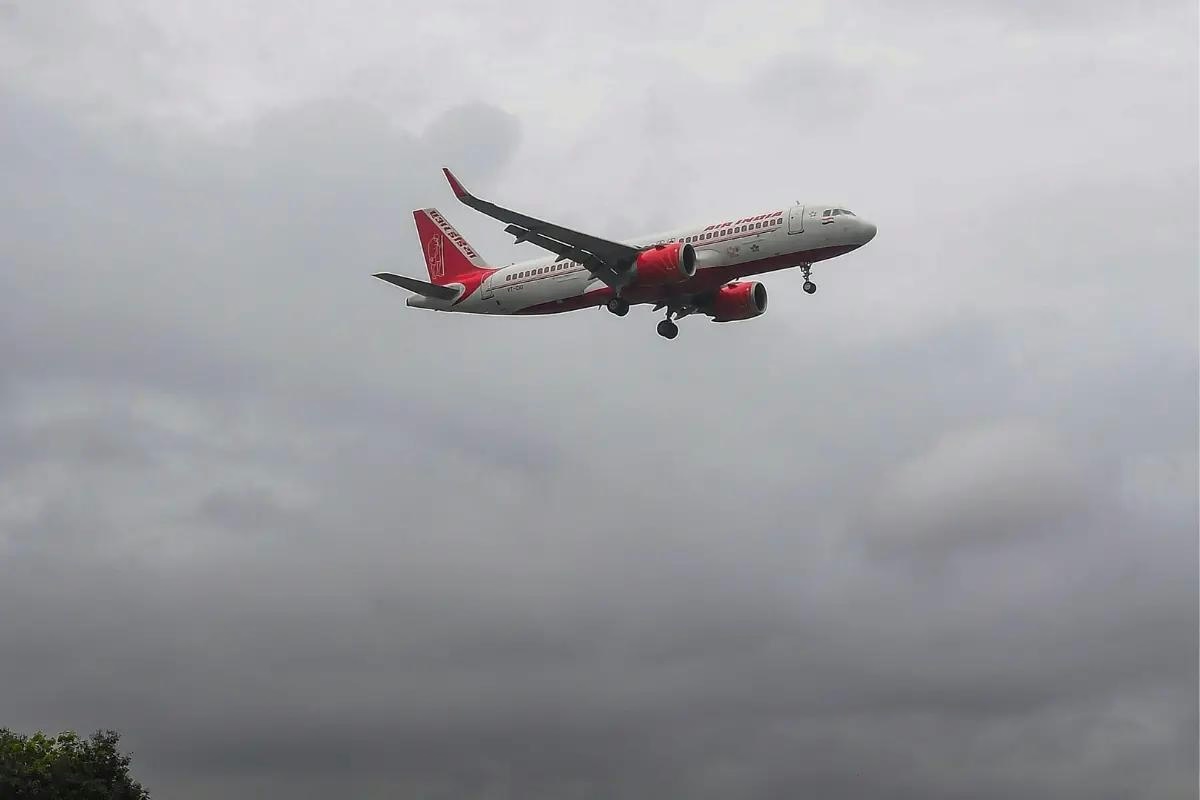
Air India CEO Predicts Visible Changes in 2026
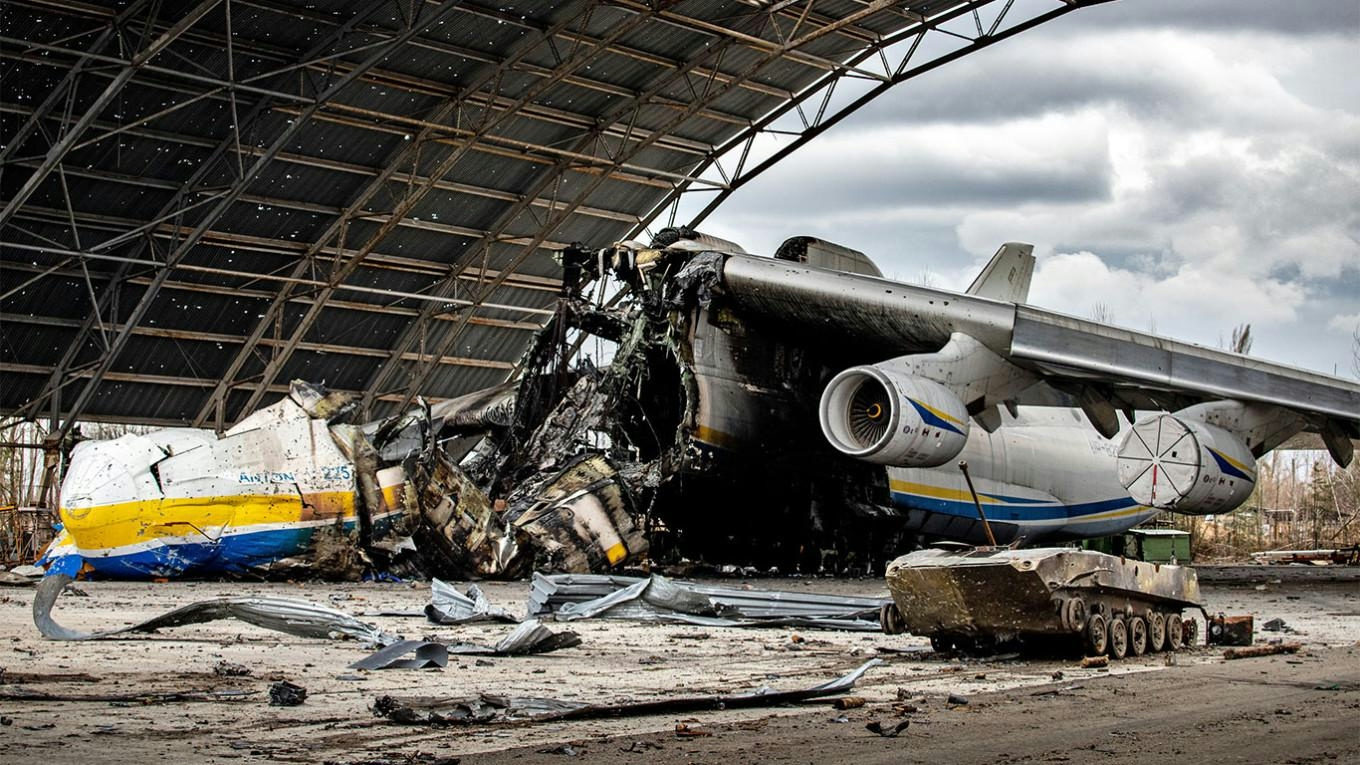
The Aircraft Poised to Replace the World’s Largest Commercial Jet
